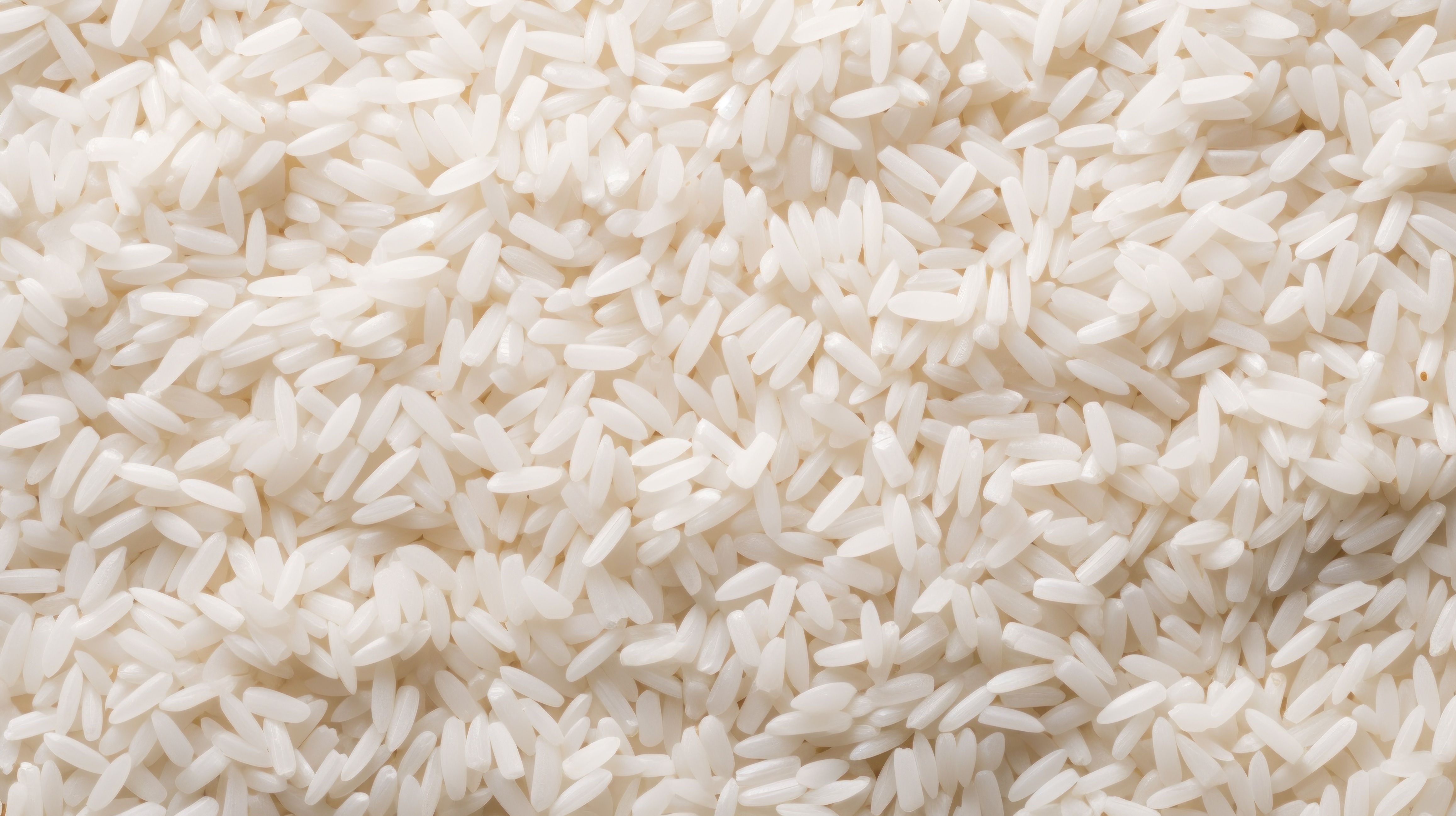New Technique Revolutionizes Prediction of Rice Starch Digestibility
A recent study from Japan used Raman scattering spectroscopy to predict the digestibility of rice starch.
By developing a new prediction model using partial least squares (PLS) regression analysis, researchers used Raman scattering spectroscopy to accurately predict rice starch digestibility, according to a new article published in Food Chemistry (1).
Starch is a carbohydrate found in cereals and tubers, and serves as an essential source of nutrition and a key raw material in various processed foods (1,2). Starch is also found in produce, such as fruits and vegetables (2). Its digestibility greatly influences the efficiency of starch utilization, which in turn affects the quality and nutritional value of food products. However, even genetically identical rice cultivars exhibit varying digestibility levels because of environmental factors such as temperature and soil conditions (1). This variability poses a challenge for the food industry, which requires consistent and predictable starch properties for optimal processing.
Top view of white rice seeds texture background. Organic rice grain. Flat lay, top view. Generated with AI. | Image Credit: © Maroubra Lab - stock.adobe.com

Researchers from the RIKEN Center for Biosystems Dynamics Research in Kobe, Japan, explored this issue at length in their recent study. Led by Junya Ichinose, the team employed Raman scattering spectroscopy to predict the digestibility of rice starch (1). For their study, the team examined four popular Japonica rice cultivars as the samples: Koi-omachi, Hirokeisake-33, Yamada-nishiki, and Hattan-nishiki-1 (1). By applying their method to these four rice cultivars, the researchers demonstrated that their method is simple and non-invasive, especially when compared with conventional biochemical analysis methods.
Using Raman scattering spectroscopy, the researchers developed a prediction model based on partial least squares (PLS) regression analysis (1). This model correlates the biochemically quantified digestibility index values with the Raman scattering spectra of purified starch from rice samples of different cultivars and growing conditions (1).
The researchers found that the prediction model for individual cultivars demonstrated high accuracy, with a coefficient of determination (R2) of 0.95 and a root mean square error of prediction (RMSEP) of 0.43 (1). In contrast, when data sets from all cultivars were combined, the prediction accuracy significantly decreased, indicating that the molecular structures affecting digestibility fluctuate based on the growing environment. Despite these fluctuations, each cultivar maintains a unique balance regulated by cultivar-specific starch synthesis mechanisms (1).
With their study, the researchers discovered a way to improve on traditional biochemical analysis methods. These methods for determining starch digestibility are time-consuming and invasive, often requiring the destruction of samples (1). In contrast, Raman scattering spectroscopy offers a non-destructive, rapid, and highly accurate alternative. This technique allows for real-time monitoring and adjustment of processing conditions, thereby enhancing the efficiency and consistency of food production (1).
This study from Japan has numerous key implications that could propel future studies in this field. For one, it opens the opportunity for researchers to use this method in other application areas, such as agriculture. Because of the method’s ability to predict the digestibility of starch, farmers could conceivably use this method to select and cultivate rice varieties with optimal starch properties for specific environmental conditions (1).
The global demand for efficient and sustainable food production continues to grow, requiring the development of advanced diagnostic techniques such as Raman scattering spectroscopy to meet these challenges. With further research and development, this technique could become a standard method for ensuring the quality and consistency of starch-based products worldwide.
References
(1) Ichinose, J.; Oba, K.; Arase, Y.; et al. Quantitative Prediction of Rice Starch Digestibility Using Raman Spectroscopy and Multivariate Calibration Analysis. Food Chem. 2024, 435, 137505. DOI: 10.1016/j.foodchem.2023.137505
(2) Medical News Today, What is Starch? Available at: https://www.medicalnewstoday.com/articles/what-is-starch#:~:text=Starch%20is%20a%20natural%20polymer,two%20forms%3A%20amylose%20and%20amylopectin. (accessed 2024-06-26).
AI-Powered SERS Spectroscopy Breakthrough Boosts Safety of Medicinal Food Products
April 16th 2025A new deep learning-enhanced spectroscopic platform—SERSome—developed by researchers in China and Finland, identifies medicinal and edible homologs (MEHs) with 98% accuracy. This innovation could revolutionize safety and quality control in the growing MEH market.
New Raman Spectroscopy Method Enhances Real-Time Monitoring Across Fermentation Processes
April 15th 2025Researchers at Delft University of Technology have developed a novel method using single compound spectra to enhance the transferability and accuracy of Raman spectroscopy models for real-time fermentation monitoring.
Nanometer-Scale Studies Using Tip Enhanced Raman Spectroscopy
February 8th 2013Volker Deckert, the winner of the 2013 Charles Mann Award, is advancing the use of tip enhanced Raman spectroscopy (TERS) to push the lateral resolution of vibrational spectroscopy well below the Abbe limit, to achieve single-molecule sensitivity. Because the tip can be moved with sub-nanometer precision, structural information with unmatched spatial resolution can be achieved without the need of specific labels.